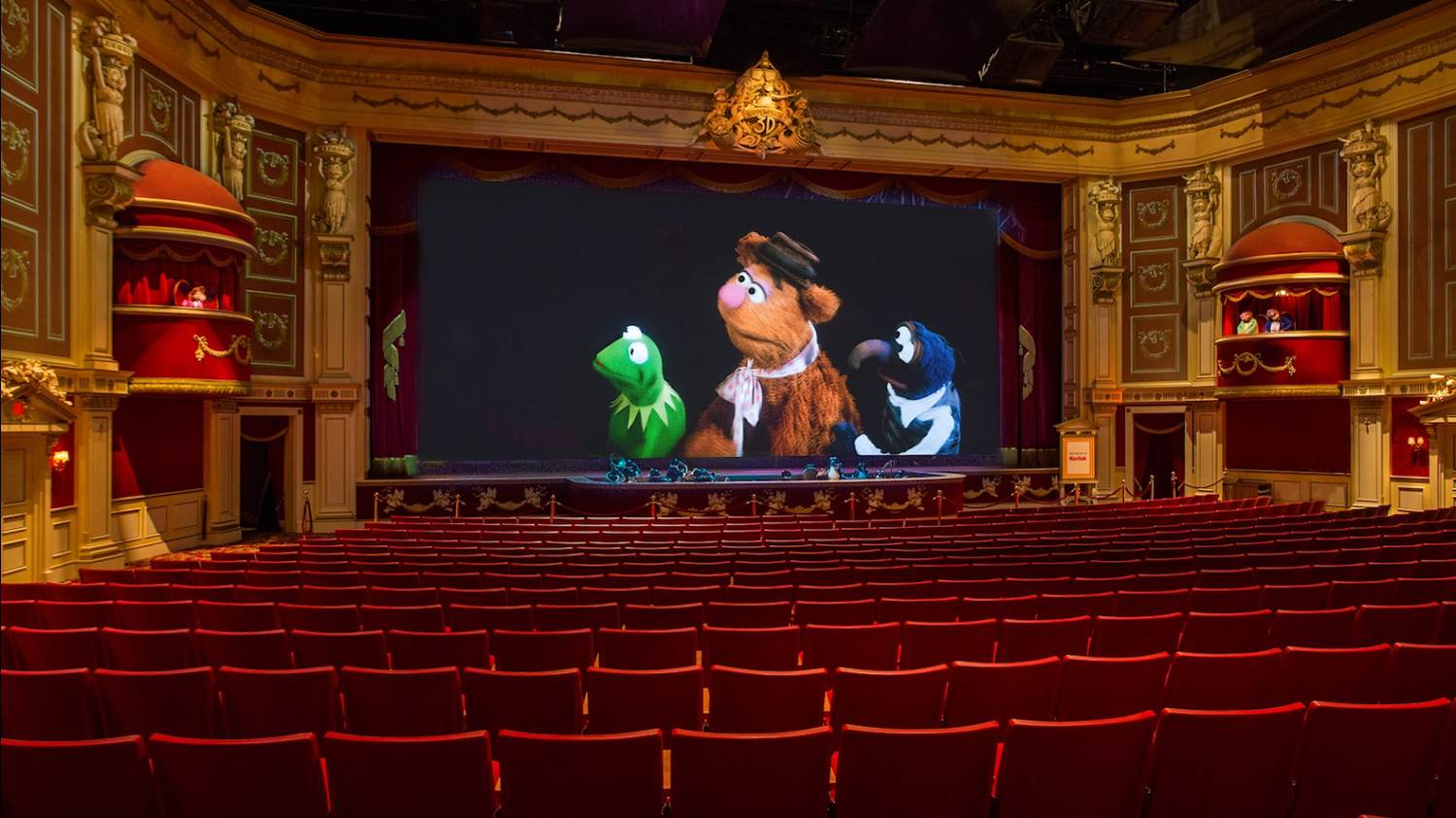Theme Park Math: How Should Disney Decide What Experiences to Replace?
Much discussion has occurred amongst Disney fandom about the possible replacement of Jim Henson’s Muppet*Vision 3D with the recently announced Monstropolis themed land. I do not know where Walt Disney Imagineering plans on putting the new land, but it did get me thinking about which attractions are “untouchable." While my dogma would state that nothing is untouchable if replaced with something deemed superior, I also acknowledge that certain attractions such as “it’s a small world" and Pirates of the Caribbean would be tough for me to see vanish from the theme park landscape.
I basically settled on an equation to evaluate when Disney should replace attractions. The new attraction must be greater than the following calculation for the experience it is replacing. Historical Significance + Current Appeal - Operational Burden. Let’s break down each component to better explain each element.
Historical Significance
There are several experiences across the Disney Parks that are important moments in the theme park artform. For example, Walt Disney’s Enchanted Tiki Room is the first attraction with the monumental audio-animatronics technology. Attractions installed at the 1964-65 World’s Fair pushed the boundaries of what theme park experiences can be. Pirates of the Caribbean and Haunted Mansion are important from the perspective of Walt’s final projects that continued to push boundaries on scope.
Of course, experiences don’t need to be built during Walt’s time to fall into this category. This is where Muppet*Vision makes its best case. As the final project of Jim Henson and representing a special moment when Disney and the Muppets began their decades long courtship, there is no doubt that the experience is perhaps the most historically significant experience still at Disney’s Hollywood Studios.
Current Appeal
Theme park attractions must be more than museum pieces, they must provide value to theme park guests. While “it’s a small world" remains popular, there is no doubt that Carousel of Progress is less appealing to modern theme park guests. They are both important to Disney history, but one is much more popular than the other. While Autopia at Disneyland is an opening day attraction, and therefore historically significant on face value, it is not appealing to many.
What is popular can also shift through time as tastes change. There is no doubt to me that the Country Bear Jamboree lost popularity as Chuck E. Cheese brought their lesser version of audio-animatronics to your local neighborhood. Also cultural norms change, which sometimes are addressed through attraction updates, but may also be so ingrained in the attraction, that it may be time to move towards a new experience.
Operational Burden
Sometimes the benefits of an offering are offset by the burden and costs of running it. Some attractions, such as Autopia and Jungle Cruise take many more cast members to operate. Speaking of Autopia — and Tomorrowland Speedway at Magic Kingdom — it is also an example where the environmental impact could impact Disney’s desire to become carbon neutral. Others, like the Rivers of America, take a large piece of land that may not justify their large footprint. And, not to beat up on the Autopia and Tomorrowland Speedway, they also occupy large pieces of real estate. In addition, some attractions cost more to maintain than others, which also falls under this bucket.
Theme Park Mathing Monstropolis
So based on this calculation should Muppet*Vision be replaced by Monstropolis? Let’s take a look. I have already explained why I think, particularly amongst Disney’s Hollywood Studios, it is of relatively high historical significance. Current appeal is a bit harder to qualify. There is rarely a wait these days and there seems to be a lack of interest in the 3D films that used to be a Disney staple such as Honey, I Shrunk the Audience, and It’s Tough to Be a Bug. However, when I experience Muppet*Vision, the guests seem to enjoy it and very few exit mid-show.
Muppet*Vision’s operational burden is very low. It requires relatively few cast members to operate, even when you account for the show’s live performer. In addition, when compared to an experience with a ride vehicle, its maintenance should be relatively low. And while the theater is not small, it does not require the real estate of most other shows or rides. As far as I can tell, Muppet-Vision has a pretty low operational burden.
So the Muppet*Vision side of the equation is pretty large. It has historical significance, decent appeal, and a low operational burden. Therefore, Monstropolis better be very cool, large in scope, and push the boundaries of Disney theme park experiences, if they intend to replace Muppet*Vision.
There is still a lot that is unknown, however. First (and most importantly), we don’t know for sure if Monstropolis is intended for the Muppet*Vision plot. We also don’t know the full scope of Monstropolis and how it will deliver a wow factor.
The biggest question, which will not be known for years, is “how is it executed?" In the end, this is the most important factor. Mission: BREAKOUT did not succeed and Light Magic did not fail based on concept, budget, or will. Experiences succeed or fail based on how they actually deliver the experience through thousands of decisions that determine every little detail of the ride or show. A great concept can be executed poorly, and a silly idea can be delivered masterfully.
While I had fun with equations, the true math problem is very simple; whatever you build must be better than what it replaced. No matter what Monstropolis replaces, let’s all hope that it is so good, that it provides no doubt that it is worth whatever we lose.




